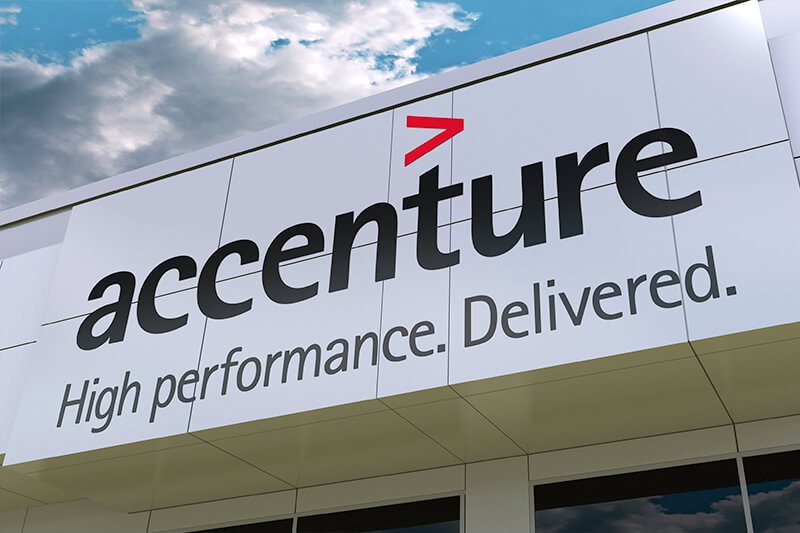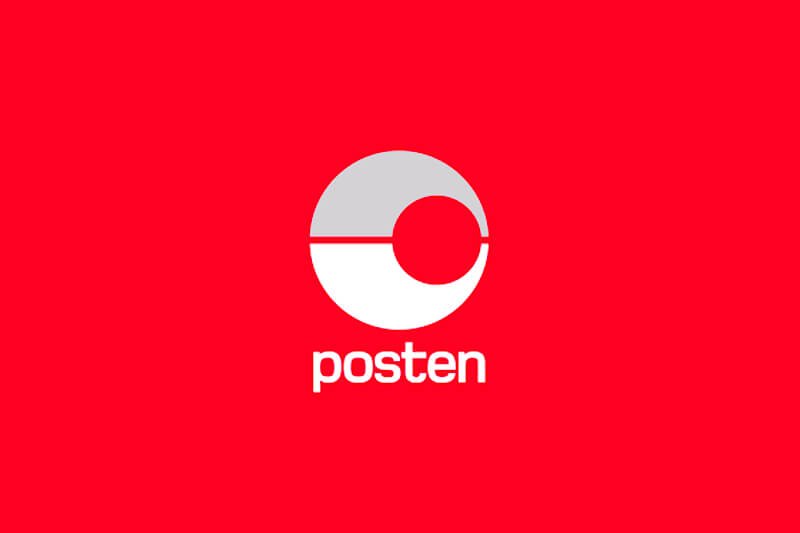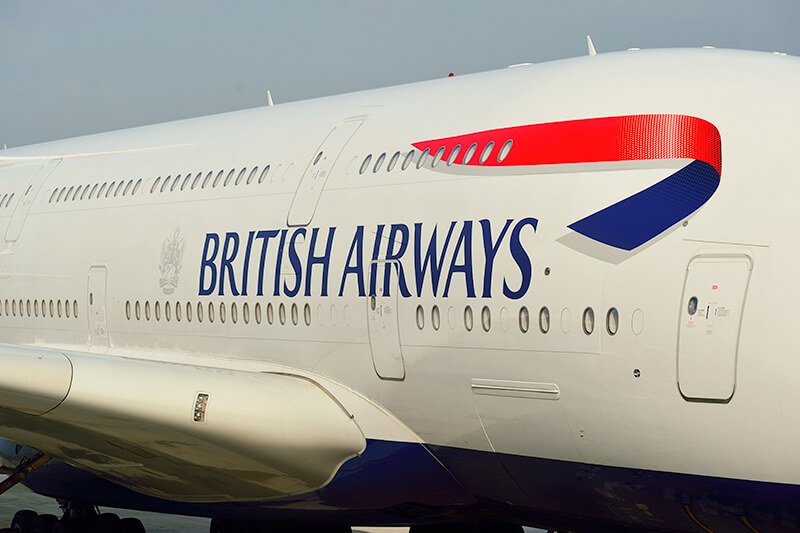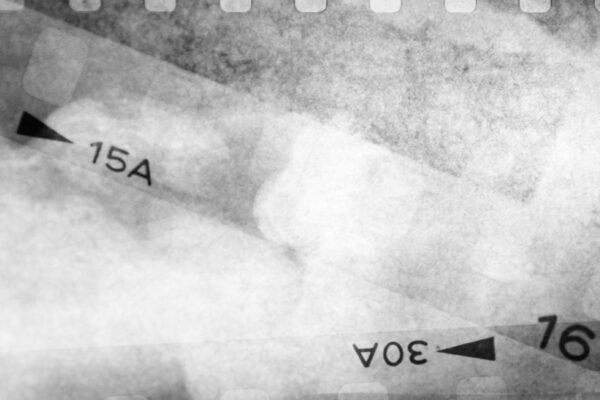
Re-branding is a significant undertaking for any company. It entails the redefining of a company’s image, goals, and identity – a task that can involve considerable risk. However, when done correctly, re-branding can rejuvenate a business, introduce it to new markets, and increase its overall value. In this post, we’ll explore five of the most costly re-branding campaigns in history, detailing the agencies and individuals involved, the costs, the reasons for re-branding, and the impacts these campaigns had on their respective markets.
1. British Petroleum (BP) – $211 million

In 2000, British Petroleum, or BP, decided to embark on an ambitious re-branding campaign. They partnered with Ogilvy & Mather and the Landor Associates to create a new image that would better align with their new business objectives. The key figures from the agency side included Brian Collins, the Executive Creative Director at Ogilvy, and Peter Knapp, the Global Creative Officer at Landor.
The central aim of the campaign was to reposition BP as an environmentally conscious organization. The new logo, a vibrant green and yellow sunflower-like symbol, was designed to signify BP’s commitment to sustainability. Along with the new logo came the tagline, “Beyond Petroleum,” intending to reinforce the idea that BP was evolving beyond a traditional oil company.
At a staggering cost of $211 million, this re-branding campaign was a huge financial commitment. However, BP did succeed in differentiating itself from its competitors and made a considerable impact on the energy market.
The impact of the campaign, however, was mired in controversy. Critics saw it as “greenwashing,” or using marketing to create a false impression of environmental responsibility. The brand faced a severe blow after the Deepwater Horizon oil spill in 2010, which called into question BP’s commitment to environmental stewardship.
2. Accenture – $175 million

In 2000, Andersen Consulting changed its name to Accenture, following a bitter split from Arthur Andersen. They appointed Young & Rubicam as the agency to spearhead the new branding initiative. The main person involved in this campaign was David Bell, the CEO of Young & Rubicam.
The name Accenture was derived from “Accent on the future.” The company wanted to emphasize its focus on innovation and forward-thinking in the field of management consulting and professional services.
The rebranding cost was reported to be around $175 million, making it one of the most expensive in history. The expenses included advertising, new signage, stationery, and digital assets.
Accenture’s re-branding was largely successful. Despite the high costs, the company was able to establish a strong brand identity separate from its previous association with Arthur Andersen. The re-branding effort positively impacted the company’s position in the market, with Accenture becoming one of the world’s most successful consulting firms.
3. Posten Norge – $147 million

Posten Norge, the Norwegian postal service, decided to re-brand in 2008. They commissioned Scandinavian Design Group, one of Norway’s leading design agencies.
The company aimed to reflect its transition from a traditional postal service to a modern logistics and communications company. The new logo, a simple and minimalist design, was intended to embody modernity and efficiency.
The re-branding exercise cost an estimated $147 million, which included not only design and marketing but also the cost of changing uniforms, vehicles, and signage across Norway.
The campaign was initially met with criticism due to its high cost. However, over time, Posten Norge successfully transitioned to a modern identity and expanded its operations, which has positively affected its market position.
4. ANZ Bank – $133 million

In 2010, Australia and New Zealand Banking Group (ANZ) decided to re-brand. The bank chose M&C Saatchi, a renowned agency, to guide this transformation.
The re-branding strategy was to position ANZ as a global bank rather than a regional one. The new logo, a blue lotus, symbolized growth and transformation. The core person behind this re-branding was Tom Dery, the Chairman of M&C Saatchi.
The total cost of the re-branding exercise was approximately $133 million. The project not only included a logo change but also a revamp of its 800 branches, uniforms, and marketing materials.
Despite initial criticism over the high costs, the re-branding succeeded in elevating ANZ’s profile in the global banking market, leading to increased recognition and growth.
5. British Airways – $100 million

In 1997, British Airways initiated a re-branding campaign with the help of Newell and Sorrell, a top-notch British design consultancy.
The airline aimed to appear more global and less British in response to the increasingly competitive international aviation market. The tailfins of BA planes were adorned with various global designs, dubbed the “World Images.”
At a price tag of $100 million, this campaign was another significant investment in re-branding. However, it was not well received. Critics, including then-Prime Minister Margaret Thatcher, viewed the designs as a rejection of British heritage. As a result, BA partially rolled back the campaign in 1999.
The World Images campaign was ambitious but ultimately deemed a failure, showing that re-branding efforts carry significant risk, even for well-established brands.
Conclusion
These five re-branding campaigns illustrate the high costs and potential rewards of such efforts. They also underscore the risks involved. A re-branding exercise can be successful if it resonates with the target audience, even if it comes with a high price tag. However, the process must be handled carefully, keeping in mind the company’s heritage, customer sentiment, and market conditions, as these factors can make or break the campaign. It’s an endeavor that requires strategy, creativity, investment, and courage, and there is no guarantee of success.
















